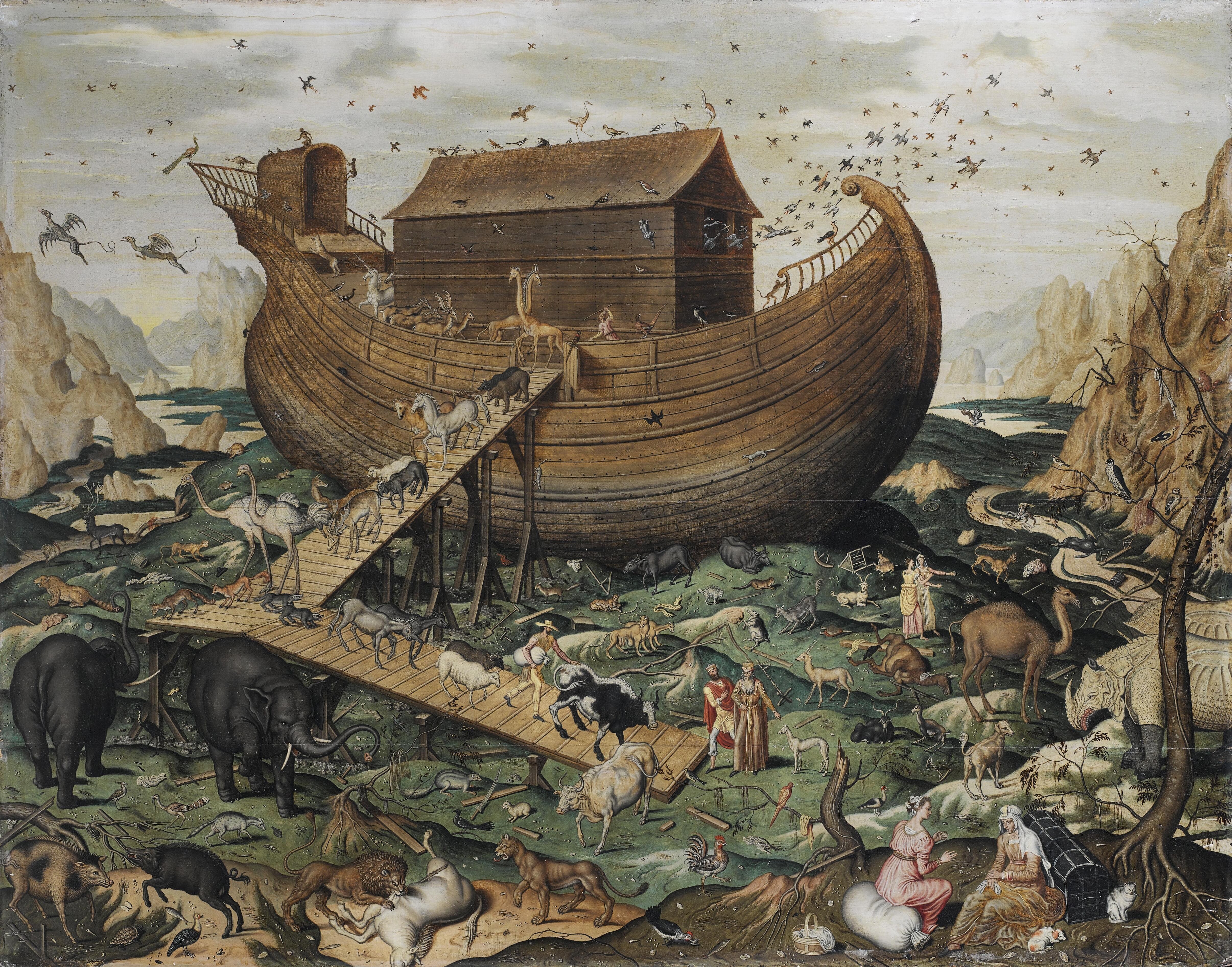Apocalypse in Literature
“This is the way the world ends. Not with a bang but a whimper.” ― T.S. Eliot
Literature has focused on humanity's experience and inner world since it has begun its existence. While some have depicted daily occurrences, cultural practices, societal critiques, personal thoughts, and emotions, some have created alternate realities. One of these alternate realities that allows us to glimpse mostly into the future and sometimes the past is apocalyptic and post-apocalyptic literature. These two genres often stem from science fiction for the modern reader, but throughout history many examples of these genres have existed. Apocalyptic literature, as the name suggests, refers to a story that is revolved around an apocalypse, a calamity, a disaster, or a destruction. It tells the reader about a set of events that leads to the collapse of civilization. Post-apocalyptic literature, on the other hand, depicts the world and series of events after such an event. These two genres have especially prevailed in cinematography and became quite successful.
Some examples of apocalypse literature are coming from mythological or religious sources, which makes them pretty well-known. Some of these would be the Ragnarok in Norse mythology, Jesus' Second Coming to the World, which will herald the end times, the Last Judgement or the end of the world in Abrahamic religions, the story of Sodom and Gomorra (also known as the story of Lot), the flood myths such as Noah, Nuh, the epic of Gilgamesh, and so on. These examples have been the most prominent apocalypse narratives, each telling a different calamity. These can be considered to be the oldest and most common stories belonging to apocalyptic literature since they are closely linked to human belief systems. But apocalyptic literature, although it has existed for many years, only gained popularity after the 20th century with the World Wars. This was due to the fact that both the World Wars were total wars that aimed to destroy those who participated completely, erasing them from existence. With newer technologies such as nuclear and biochemical weapons, along with the inhumane experiments, the world has witnessed a new and unseen form of destruction. It was for this reason that people were now able to imagine a total destruction of civilization a lot more easily and in newer forms. As new threats and ideas emerged, they found their place in the apocalyptic literature. This gave apocalyptic literature a huge scope from natural disasters, wars, climactic phenomena, diseases, other-worldly or divine intervention, and so on.

Post-apocalyptic literature often builds upon this vast world of apocalyptic literature. It is the narrative of how the survivors of such an apocalypse try to recover, survive, or even try to rebuild their lost civilization. For this reason, post-apocalyptic literature offers a difference in the perception of time. Rather than moving forward, humanity loses everything it has, leading a more primitive and even wild way of life. There are many examples of both genres as well from different fields of interest. These include but are not limited to: Horizon Zero Dawn, After London, The Walking Dead, Blindness, Half-Life, A Quiet Place, The Long Dark, The Last Man, The Machine Stops, The Terminator, Mad Max, 12 Monkeys, Planet of the Apes, World War Z, The Scarlet Plague, The Maze Runner, Hunger Games, The Last of Us, Left 4 Dead, Dying Light, and many more.
Bibliography
Wikipedia
Encylopedia Britannica
Images
https://www.worldhistory.org/uploads/images/13500.jpg
https://magazine.lynchburg.edu/wp-content/uploads/2023/05/iStock-1053685400_Apocolypse-1080x608.jpg